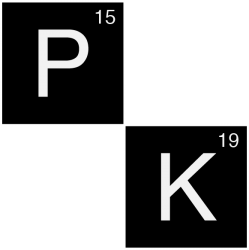“Part of the total clearance due to liver enzyme activity and biliary excretion”
Description
Hepatic clearance quantifies the loss of drug during its passage through the liver. Hepatic clearance results from hepatic metabolism and biliary excretion and is a function of the hepatic blood flow, the drug plasma protein binding and the activity of liver enzymes and transporters. Variation of one of these parameters may more or less influence the hepatic clearance of a drug, depending on its hepatic extraction ratio.
Variation of liver enzyme activity mainly affects the hepatic intrinsic clearance (CLint). This is the main source of interindividual variation of hepatic clearance.
Oral bioavailability is related to the hepatic extraction ratio. The higher the extraction ration, the higher the hepatic first past effect and the lower the bioavailability.
Clinical implications
If the liver is the most important organ for the elimination of a drug, it is essential to know whether the drug has a high or low hepatic extraction ratio: it determines dosage adaptations in patients presenting conditions altering:
- hepatic blood flow (e.g. congestive heart failure)
- plasma protein binding (e.g. hypoalbuminemia, displacement by other drugs)
- hepatic enzymatic activity (e.g. liver failure, specific inhibition or induction by drugs, genetic polymorphism)
Chart Pharmacokinetics
Related terms
Extrarenal fraction (Qo): fraction of the drug that is not eliminated by unchanged renal excretion (i.e. most commonly through hepatic metabolism). Qo = 1 - the fraction excreted (fe).
Assessment
$$CL_{hep} = Q * E$$
$$F = 1 - E$$
$$Q_o = {CL_{hep} \over CL_{total}}$$
F = bioavailability
CL hep = hepatic clearance
CL total = total Clearance
Q0 = extrarenal fraction
Q = hepatic perfusion
E = extraction ratio

